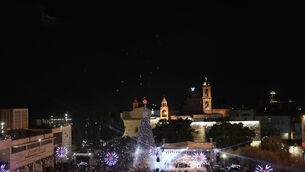Drug lord uses tunnel for second jail break

A manhunt began immediately late on Saturday for the head of the powerful Sinaloa Cartel, which has an international reach and is believed to control most of the major crossing points for drugs at the US border with Mexico.
Guzman was last seen about 9pm on Saturday in the shower area of the Altiplano prison, according to a statement from the National Security Commission.














